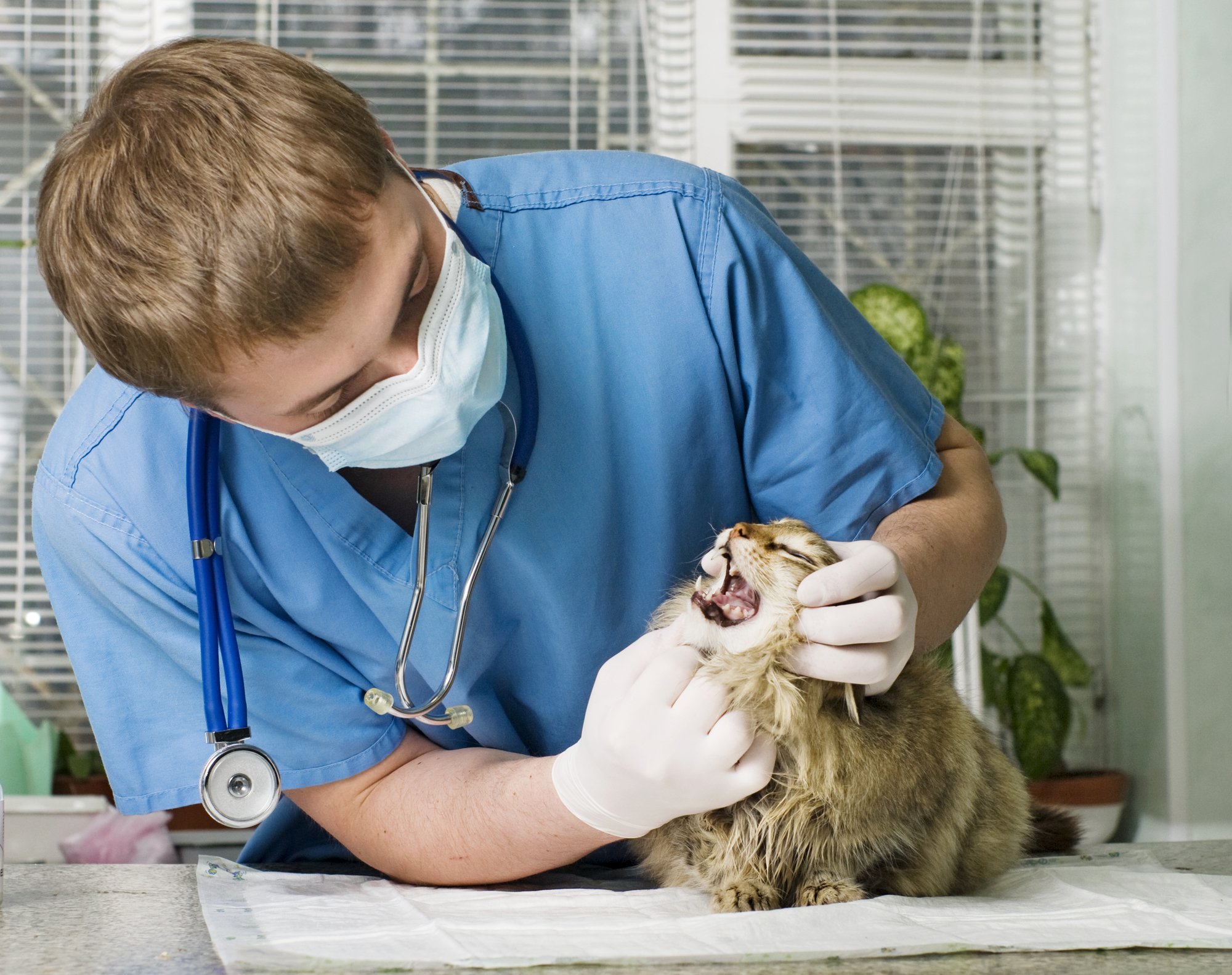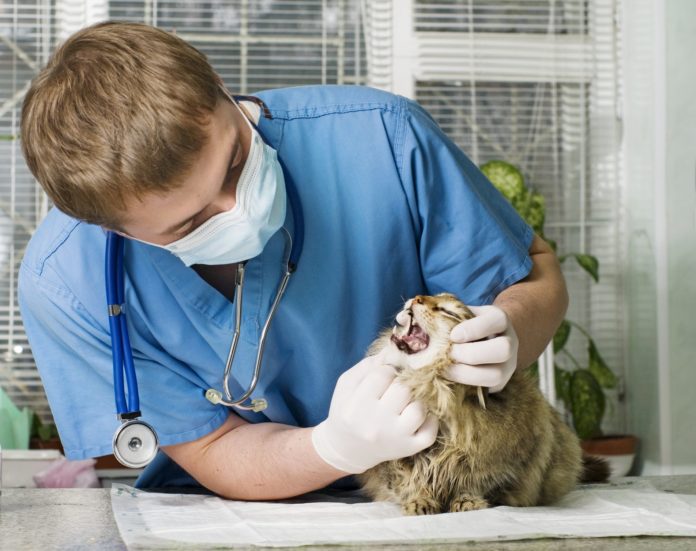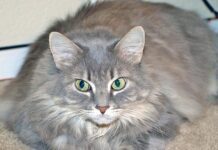Byelikova|DepositPhotos

Your kitten is now a young cat of eight to 12 months of age and the days of fighting kitten upper-respiratory infections are over. No more sneezing, no more runny eyes, you think. You thought you were out of the woods, but then one morning you notice your young adult cat has some trouble swallowing, maybe gagging, and a slight voice change along with some labored breathing at moments.
You take your cat to your veterinarian and find out that he has a residual problem from those early infections—a nasopharyngeal polyp! Now your cat is facing surgery.
What Are These Things?
Nasopharyngeal polyps are fleshy tissue growths that appear to be reactions to inflammation in this area. They may appear at the back of the throat, on the small tube that drains the middle ear into the throat, or in the middle ear.
Respiratory viruses are generally blamed as the culprits, but this is controversial. The growth itself is benign, but if it grows large enough it can interfere with your cat’s breathing. Your cat probably feels like he has something stuck in his respiratory tract or mouth. These growths may occur just on one side or both. If both sides are affected, your cat will have more severe clinical signs.
The polyps tend to be pinkish-white in color and look uniform, smooth, and thick. They have a slender stalk in most cases, but are otherwise unattached to your cat’s tissues. The polyp usually grows downward, causing the respiratory signs seen by owners. Rarely one will grow upward in the other direction, causing signs such as head shaking, a head tilt, and possibly changes in the eyes due to pressure on nerves in this area.
Diagnosis
Nasopharyngeal polyps are usually diagnosed during examination after sedation or anesthesia. Your cat needs to be still so your veterinarian can open his mouth wide, pull down on the soft palate (on the roof of your cat’s mouth) and look for a growth in that area. Occasionally, polyps may be picked up on radiographs (x-rays) or via CT (computed tomography) scans, but visual exams are usually all that is needed.
Once a polyp has been found, treatment involves removal of the growth. With your cat under anesthesia, your veterinarian will pull the soft palate down and grasp the stalk of the polyp. Steady traction will cause the stalk to stretch and break. This is generally the end of the problem.
In rare cases, the polyp may regrow or it may have been partly in the bulla of the ear. If this occurs, your cat will likely need a more extensive surgical procedure that involves going through the bony part of the middle ear—a bulla osteotomy. Your veterinarian may refer you to a specialist if your cat needs this surgery.
Recovery
Recovery from polyp removal is usually uncomplicated. If your veterinarian is concerned about infection, your cat may need to be on a course of antibiotics. If your cat is older, your veterinarian may recommend sending a tissue sample out for a pathology review to rule out any cancerous growths.
With the bulla osteotomy, there are some potential temporary complications. One is a balance problem, since the middle ear has been affected by both the polyp and its removal. Some cats will experience a condition called “Horner’s Syndrome” due to mild trauma to the nerves that traverse this region on their way to the eyes from the brain.
In cats with Horner’s Syndrome, the third eyelid comes up and covers the bottom part of the eye. You will see a white tissue over part of the cat’s eye. In many cases, the pupils will also have different degrees of dilation. Luckily, these are not usually permanent effects, and most cats recover and appear normal relatively quickly.
While a nasopharyngeal polyp does cause discomfort and can interfere with your cat’s breathing, it is a problem that can usually be resolved fairly quickly with appropriate care and follow up.




